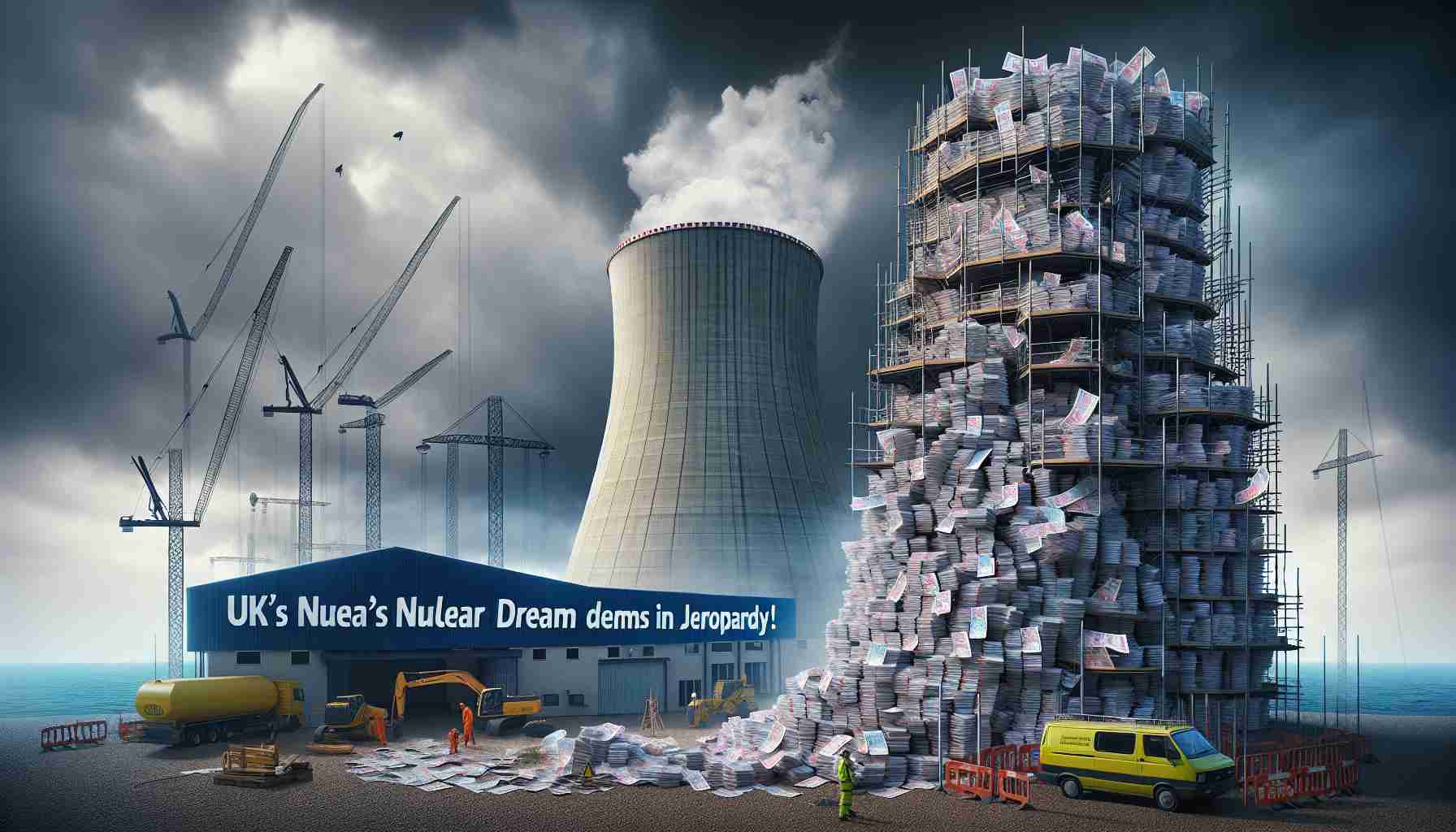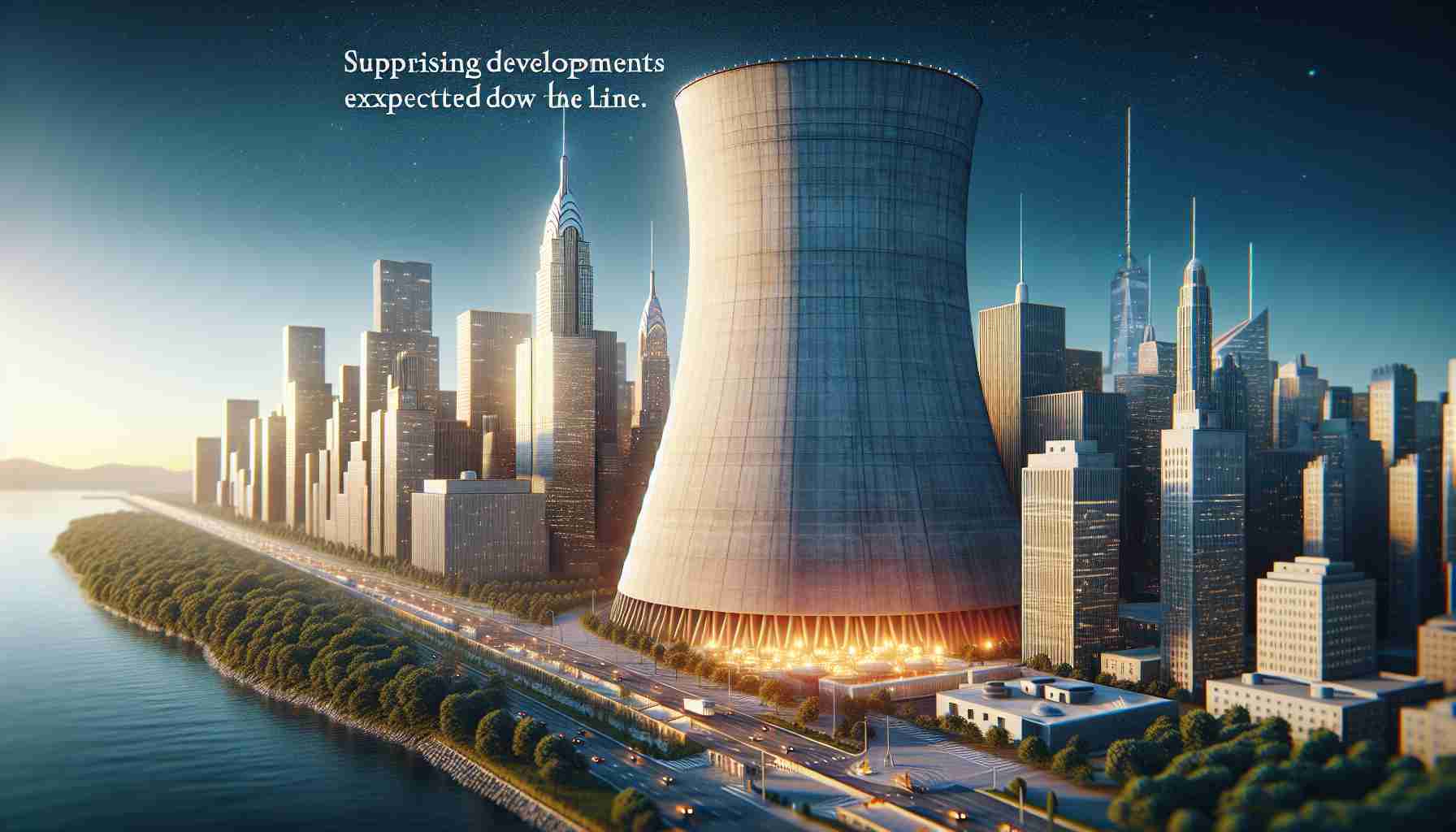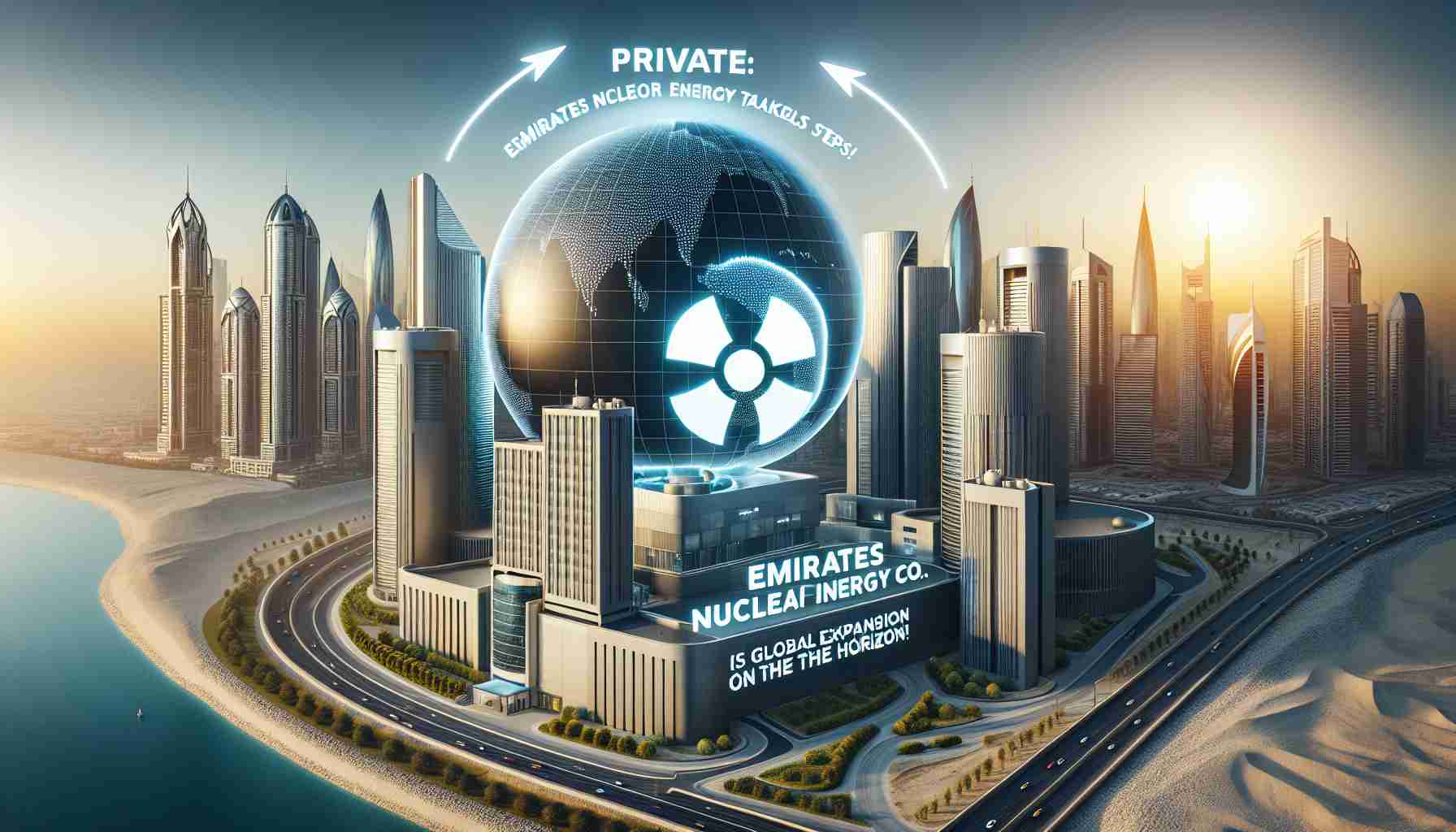Rising Concerns Over UK Nuclear Projects
The UK’s aspirations to revitalize its nuclear power sector are confronted with serious setbacks and escalating costs that threaten energy stability. Projects like Hinkley Point C and Sizewell C are not only experiencing significant delays but also alarming budget overruns, leading to public skepticism.
At Hinkley Point C, situated in Somerset, progress has been sluggish since its inception over ten years ago. Once on track to start operations in 2027, recent estimates suggest that it might now take until 2030 or 2031 to become operational, increasing projected costs by billions. The project, managed by Électricité de France (EDF), has employed around 11,000 workers, facing ongoing challenges that push completion timelines further away.
Meanwhile, Sizewell C in Suffolk has seen its projected expenses nearly double since initial estimates in 2020, now approaching $49 billion. This surge in costs is largely fueled by supply chain issues and inflation. Plans are underway for the government and EDF to cover 40% of these costs, while a search for private funding sources to account for the remaining amount is ongoing.
As if these financial woes weren’t enough, serious cybersecurity breaches at Sellafield Ltd have raised alarms about safety protocols. These setbacks have left many questioning the viability and reliability of the UK’s nuclear ambitions, highlighting a concerning gap in industry expertise after years without new development.
Wider Implications of the UK Nuclear Dilemma
The challenges confronting the UK’s nuclear projects reflect broader societal and cultural concerns about energy security in an age where climate change pushes for a rapid transition to low-carbon alternatives. As public trust in large infrastructure projects dwindles due to spiralling costs and delays, there are implications for how society perceives energy innovation. A disillusioned public may become increasingly wary of governmental spending on nuclear energy, feeling that precious resources would be better allocated to renewable energy sources such as wind and solar.
Culturally, the setbacks in nuclear development may also impact the UK’s energy independence narrative. With the looming threat of energy shortages and rising prices, public discourse may shift towards solutions rooted in community-driven initiatives and local energy resilience, which could manifest in greater support for renewable projects at a grassroots level.
From an economic standpoint, the failings of projects like Hinkley Point C and Sizewell C may deter future investments in nuclear technologies, presenting potential risks to global energy markets. With nuclear power being promoted as a key player in achieving net-zero goals, uncertainties could stall global trends toward nuclear energy revival, particularly in regions looking to fossil fuels as a fallback.
Moreover, these projects also raise environmental concerns; the great amounts of resources consumed, potential waste mismanagement, and ecological disruptions during construction highlight risks tied to nuclear expansion. Future energy policies must tread a delicate line between maintaining investment in nuclear power and enhancing the push for sustainable energy solutions that align better with an environmentally-conscientious society.
UK Nuclear Power: Challenges and Future Prospects Amid Rising Costs
Overview of the UK Nuclear Landscape
The UK is at a critical juncture in its nuclear power sector, facing significant challenges that threaten its ambitions for energy independence and sustainability. Notable projects like Hinkley Point C and Sizewell C are grappling with escalating costs and delayed timelines, which pose not only financial concerns but also broader implications for the future of the nuclear industry in the country.
Project Delays and Financial Burdens
Hinkley Point C, located in Somerset, is emblematic of the struggles facing nuclear projects. Initially poised to commence operations in 2027, projections now extend to 2030 or 2031 due to ongoing construction delays and complications associated with workforce management. With over 11,000 workers employed on-site, the project has faced numerous logistical challenges that have significantly impacted progress.
On the other hand, Sizewell C in Suffolk presents a sobering picture of budget management, with costs soaring to approximately $49 billion. These financial strains are attributed to inflationary pressures and supply chain disruptions. The government, in collaboration with EDF, is planning to shoulder 40% of the expenses, while simultaneously seeking additional private funding to cover the remainder, which underscores the urgent need for financial strategies in large-scale infrastructure projects.
Cybersecurity Concerns
In addition to fiscal issues, the nuclear sector’s safety protocols have come under scrutiny following serious cybersecurity breaches at Sellafield Ltd. These incidents have heightened awareness regarding the importance of robust security measures in maintaining the safety and integrity of nuclear operations. Experts are calling for comprehensive reviews of cybersecurity protocols to safeguard against potential threats that could compromise national energy security.
Pros and Cons of Nuclear Energy in the UK
Pros:
– Low Carbon Emissions: Nuclear energy is a significant source of low-carbon power, contributing to the UK’s climate goals.
– Base Load Power Supply: Nuclear plants provide a stable power output, crucial for maintaining grid stability.
Cons:
– High Capital Costs: The initial investment for nuclear projects is substantial, often deterring investors.
– Long Development Times: As seen with Hinkley Point C and Sizewell C, projects can take over a decade to complete, delaying returns on investment.
Market Trends and Innovations
The nuclear energy market in the UK is currently witnessing trends toward technological innovation, including advancements in Small Modular Reactors (SMRs) which offer a more adaptable and cost-effective solution compared to traditional large reactors. These SMRs are designed to be built in factories and shipped to sites, potentially reducing construction timelines and costs.
Predictions for the Future of Nuclear in the UK
Looking ahead, the UK’s nuclear ambitions may see a transformation as the government seeks to modernize infrastructure and incorporate innovative technologies. There is a growing trend toward public-private partnerships aimed at mitigating financial risks while enhancing operational efficiency. Additionally, as global energy markets shift towards sustainability, nuclear energy may play a pivotal role in achieving net-zero targets by 2050.
Conclusion
While the UK’s nuclear projects face considerable challenges in terms of cost and delays, the potential for nuclear energy to significantly contribute to the nation’s green energy strategy remains. Addressing cybersecurity threats, innovating with new technologies, and ensuring financial viability will be crucial steps in sustaining momentum in the nuclear sector. As the situation evolves, the UK’s commitment to nuclear energy will likely shape its energy landscape for decades to come.
For more information on nuclear energy trends and projects in the UK, visit EDF Energy.
The source of the article is from the blog combopop.com.br



